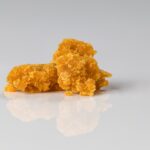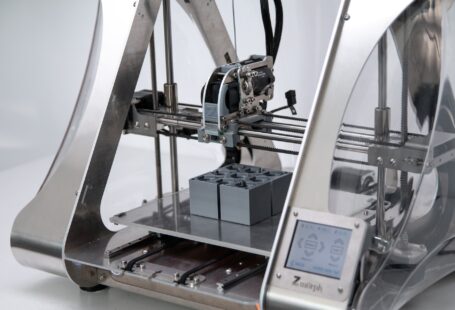3D printing technology has revolutionized the manufacturing industry and the way products are designed and made. The use of silicone, a versatile and durable material, in 3D printing has opened up a range of possibilities and opportunities, but it has also presented some challenges.
Advantages of Silicone 3D Printing
Silicone 3D printing is a unique and relatively new technology that has opened up a range of possibilities for manufacturers and designers. It has a number of advantages, including:
- Versatility: Silicone can be used to create complex shapes and components that would be impossible to create with traditional manufacturing methods.
- Durability: Silicone is a strong and durable material, making it ideal for applications where the parts need to withstand extreme conditions.
- Flexibility: Silicone has excellent flexibility, meaning it can be used to create components that can be bent, stretched, or twisted.
- Practicality: Silicone is a practical material that is easy to work with and inexpensive to produce.
These advantages make silicone 3D printing an attractive option for a range of applications, from medical implants and prosthetics to automotive components and consumer goods.
Challenges of Silicone 3D Printing
Although silicone 3D printing offers a range of advantages, it also presents some challenges.
- High cost: Silicone 3D printing is a more expensive option compared to traditional manufacturing methods.
- Complexity: The process of 3D printing with silicone is complex and requires specialized equipment and expertise.
- Time consuming: Due to the complexity of the process, 3D printing with silicone can be time consuming and labor intensive.
- Limited materials: Silicone 3D printing is limited to certain types of silicone, which limits the range of applications.
These challenges need to be taken into consideration when deciding whether to use silicone 3D printing for a particular application.
Conclusion
Silicone 3D printing offers a range of advantages, including versatility, durability, and flexibility. However, it also presents some challenges, such as high cost, complexity, and limited materials. Careful consideration needs to be given to these factors before deciding whether to use silicone 3D printing for a particular application.




